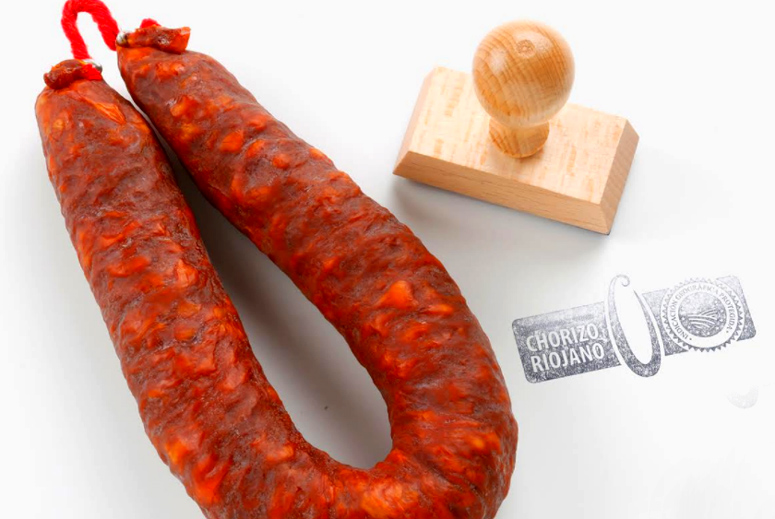
Rioja chorizo is an indissoluble part of our gastronomy and our culture. It has been part of our lives since our earliest childhood and, perhaps for this reason, we may have often wondered where this quality product comes from, full of flavor, all-terrain and 100% Spanish, which in recent years has also crossed borders.
The origins of the Rioja chorizo sausage go back hundreds of thousands of years. In ancient Greece and during the Roman Empire, this sausage was already being consumed with a good wine, as attested to by several written testimonies.
Although it did not acquire its characteristic color and flavor until much later, with the discovery of America. The first ships returning to Europe from the New World carried in their holds an ingredient which, over the years, would become fundamental to the chorizo riojano sausage we know today: paprika.
The origin of its name is also somewhat uncertain, but dates back many centuries. The most widespread theory holds that the word “chorizo” comes from the Vulgar Latin sauriciu. From there it passed to the Portuguese souriço and from there we have coined the word “chorizo” in Spain.
What is clear is that the product we consume today is the result of a conscientious elaboration process that includes different phases: processing, maturation, drying and labeling.
And the result is the Rioja chorizo we like best, with an intense and balanced flavor and aroma in which touches of paprika and garlic predominate, a firm consistency, a smooth and well-tied cut and a very characteristic shape in the form of a string or horseshoe.
Throughout the production process, the PGI Rioja chorizo guarantees that the product has been produced following the highest quality standards at all stages.
All this makes Rioja chorizo a timeless product, which knows how to adapt smoothly to new times and new consumer habits. It was one of the first foods that began to be served as tapas on the Iberian Peninsula and is still served today. It is ideal to consume in a casual way in evenings with friends, in the traditional mid-afternoon snack or in stews and more elaborate dishes to which we want to add a touch of flavor. Both inside and outside Spain.
Quality knows no frontiers or eras.



